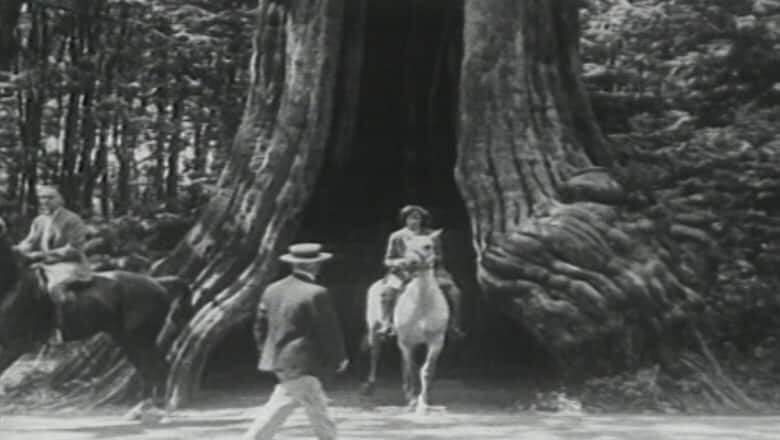B.C.'s provincial tree threatened by climate change, expert says
West coasters have used it for centuries, but now the Western red cedar could face new challenges

If you've ever walked down Richards Streetin Downtown Vancouver, between Helmckenand Nelson, you've probably noticed the sidewalk split and curve to accommodate a large Western red cedar growing in the middle of the walkway.
David Tracey, executive director of the Tree City Canada Association, says climate change is nowbeginning to negatively affect the iconic B.C. red cedars, which can live up to athousand years.
"The hotter, drier summers we're getting,they're just not able to take it," Tracey said.
First adopted as the provincial tree in 1988, Traceysaid the Western red cedar is one of themost important types of trees in Canadian history.
'It's the original Gortex'
"This is the native [to B.C.]tree to know if you only know one native tree," said Tracey speaking on North by Northwest.
"This is the cornerstone tree of [Western]First Nationculture."
Tracey said the Western red cedar'snatural abundance of resin makes the wood remarkably light, strong and malleable.
Hesaidits prevalencethroughout Western North Americaallowed timber-reliant First Nations to build enduring and impressive tools and lodgings.

The tree was integral to arobust infrastructure that caused Indigenous coastalculture to flourish.
"You can build beams with it ... You can make your canoe with it ... It does a really good job of repellingrain, and folks knew that so they made their clothing out of the bark," Tracey said.
"Some tree bark is quite roughand repels the skin, but this bark is almost inviting you to come in and make contact with it ...It's the original Gortex."
Tree of life
The Western red cedar also goes by the name giant arborvitae, meaning tree of life.
While many First Nations called it the tree of lifebecause of its bountiful nature, Tracey said European colonists first gave itthe moniker after encountering its cousin, Eastern white cedar.
"That was the tree that Jacques Cartierand his crew usedto survive scurvy by ingesting the needles," said Tracey.

The tree also has a natural longevity.
Tracey said it can grow for a millennium if left alone, and if felled by wind it will remain on the verdant B.C. rainforest floor for centuries because ofits fungicidal resin.
Today, the redcedar serves as a significant resource to British Columbia's forestry industry, and Tracey saidrecent studies conducted on Vancouver Island suggestthe economic staple is under threat of endangerment.
"They've lived for thousands of years in this region and thrived here and defined what this region is, and now some of them seem to be dying out."
With files from North by Northwest












_(720p).jpg)


 OFFICIAL HD MUSIC VIDEO.jpg)
.jpg)



























































































